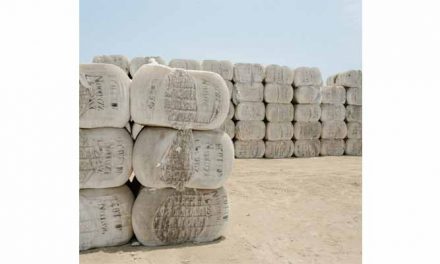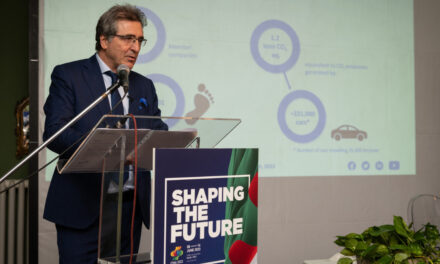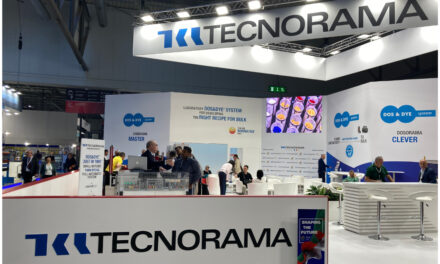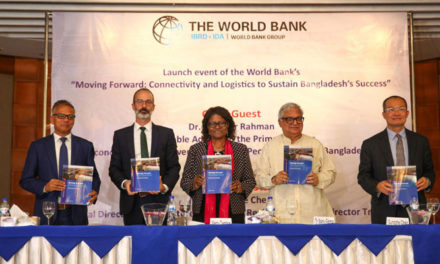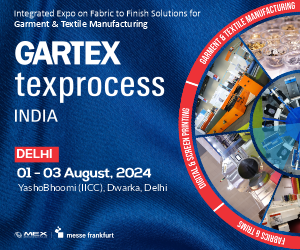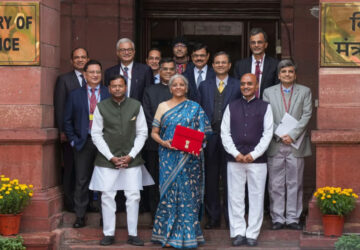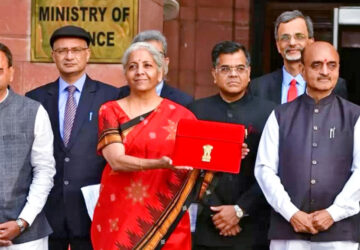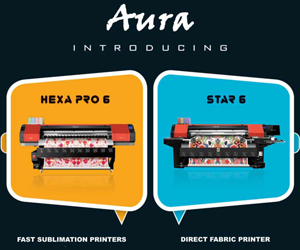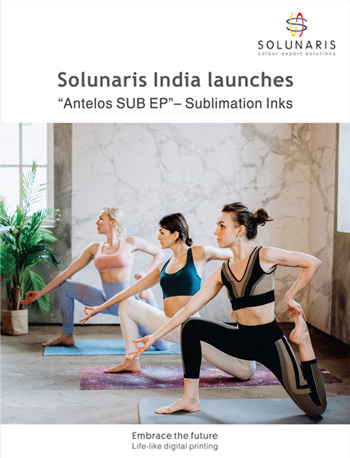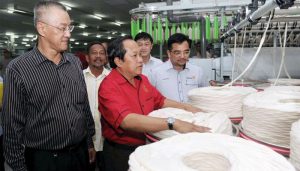 From January to June 2018, the total investments in the sector reached MYR244.8m ($58.73 mn) of which FDI accounted for MYR112m ($26.87 mn), according to an official from the Malaysian Investment Development Authority (MIDA). The official said to a media that this compares with MYR428.8 mn ($102 mn) of investments approved across 12 projects for the garment and textile sector last year where MYR322.3m ($77.35 mn) – 75.2 per cent – came from foreign investors.
From January to June 2018, the total investments in the sector reached MYR244.8m ($58.73 mn) of which FDI accounted for MYR112m ($26.87 mn), according to an official from the Malaysian Investment Development Authority (MIDA). The official said to a media that this compares with MYR428.8 mn ($102 mn) of investments approved across 12 projects for the garment and textile sector last year where MYR322.3m ($77.35 mn) – 75.2 per cent – came from foreign investors.
All these projects put together generated 1,850 jobs comprising skilled positions for engineers, quality controllers, and highly skilled technicians. MIDA expects investments to continue to rise in 2018 based on the performance in the first half of the year. The Asian Development Bank (ADB) has also sounded positive about a rise in FDI in general during 2018.
The fact that some investment is flowing into digital technologies has increased optimism and brought a new dimension to the industry, which is encouraging for Malaysia’s clothing and textile sector to explore serving more niche markets and push its production upstream.
Garments and textiles together were the 11th largest contributor of Malaysian exports of manufactured goods in 2017, generating MYR15.3 bn ($3.67 bn) in receipts, as said by the government data. MIDA is helping in getting the Malaysian clothing industry to adopt automation and smart manufacturing concepts and technologies in their processes. It organised the Fashion & Design Conference 2018, this September, bringing together solution providers, design and research activities and material producers trying to take Malaysia’s fashion industry to the next level of development.
Moreover, the US-China trade war has played to the advantage of the garment-making Association of Southeast Asian Nations (ASEAN) countries, including Malaysia. With Chinese clothing and textile manufacturers looking to move production because of rising costs and maybe to avoid American tariffs, so that ASEAN countries are a preferred destination.
 From January to June 2018, the total investments in the sector reached MYR244.8m ($58.73 mn) of which FDI accounted for MYR112m ($26.87 mn), according to an official from the Malaysian Investment Development Authority (MIDA). The official said to a media that this compares with MYR428.8 mn ($102 mn) of investments approved across 12 projects for the garment and textile sector last year where MYR322.3m ($77.35 mn) – 75.2 per cent – came from foreign investors.
From January to June 2018, the total investments in the sector reached MYR244.8m ($58.73 mn) of which FDI accounted for MYR112m ($26.87 mn), according to an official from the Malaysian Investment Development Authority (MIDA). The official said to a media that this compares with MYR428.8 mn ($102 mn) of investments approved across 12 projects for the garment and textile sector last year where MYR322.3m ($77.35 mn) – 75.2 per cent – came from foreign investors.

